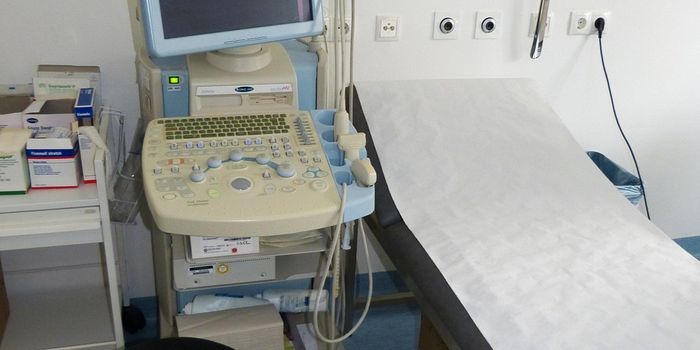Some Activity Restored in a Pig Brain Hours After Death
Challenging medical assumptions about brain function after death, researchers were able to restore activity in cells and circulation in a pig brain four hours after the animal had died. Researchers obtained the brain from a meatpacking plant and stored it in a special solution. It had been thought that once blood flow and oxygen stop, certain cellular functions cease permanently. However, in this study, which was reported in Nature and is outlined in the video below, many of those cellular processes started again.
"The intact brain of a large mammal retains a previously underappreciated capacity for restoration of circulation and certain molecular and cellular activities multiple hours after circulatory arrest," said the senior author of the work Nenad Sestan, a professor of neuroscience, comparative medicine, genetics, and psychiatry at Yale School of Medicine.
The brain as a whole did not show any sign of global electrical activity like what would be expected during normal brain function.
"At no point did we observe the kind of organized electrical activity associated with perception, awareness, or consciousness," noted the co-first author of the study Zvonimir Vrselja, an associate research scientist. "Clinically defined, this is not a living brain, but it is a cellularly active brain."
As blood flow stops and cells stop getting fresh oxygen, electrical activity in the brain stops, energy reserves are depleted, and awareness ends. It was thought that various death and injury cascades were them activated and irreversible damage began on a wide scale.
In the Sestan lab, scientists were investigating the evolution and development of the brain, and observed signs of viability in postmortem samples that were taken hours after death.
They gathered the pig brains from a food production plant to learn more. The researchers developed a solution designed to preserve brain tissue, and connected vasculature to circulate it in the brain in a process called BrainEx. They were able to preserve neuronal integrity and then, restore some limited function. Their efforts can help researchers learn more about the mammalian brain, which has been tough to preserve intact in part because of its size. It may help develop ways to save brain function in stroke victims.
"Previously, we have only been able to study cells in the large mammalian brain under static or largely two-dimensional conditions utilizing small tissue samples outside of their native environment," said the co-first author of the study, Stefano G. Daniele, an M.D./Ph.D. candidate. "For the first time, we are able to investigate the large brain in three dimensions, which increases our ability to study complex cellular interactions and connectivity."
"This line of research holds hope for advancing understanding and treatment of brain disorders and could lead to a whole new way of studying the postmortem human brain," said Andrea Beckel-Mitchener, chief of functional neurogenomics at the National Institute of Mental Health.
The BRAIN Initiative helped fund this study.
Sources: AAAS/Eurekalert! via Yale University, Nature








